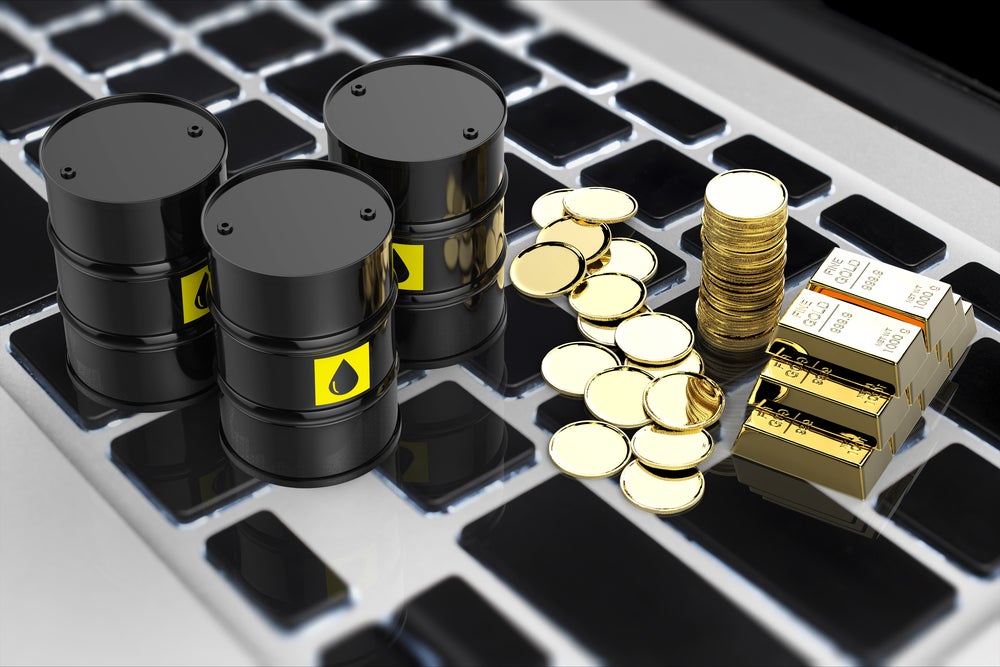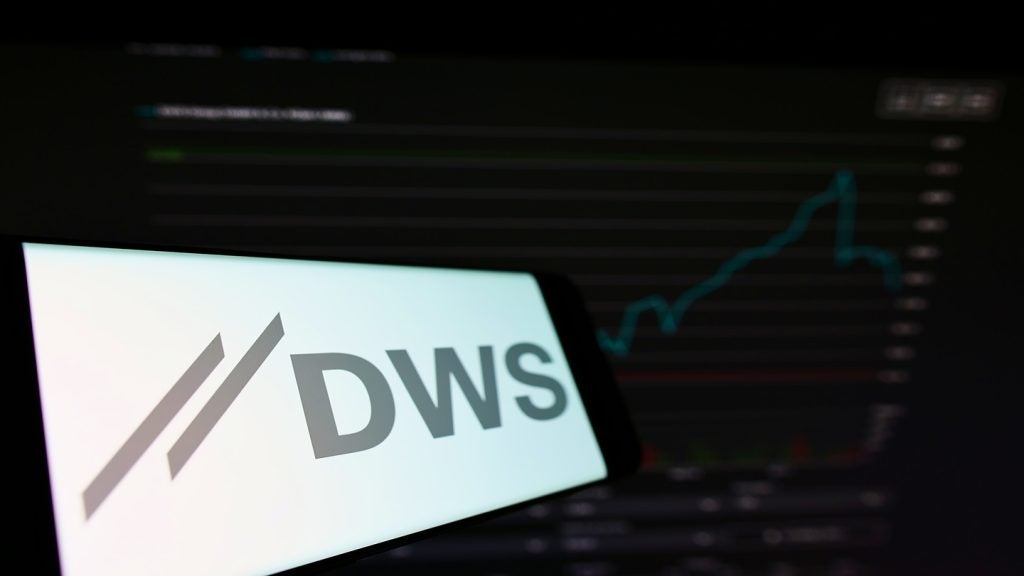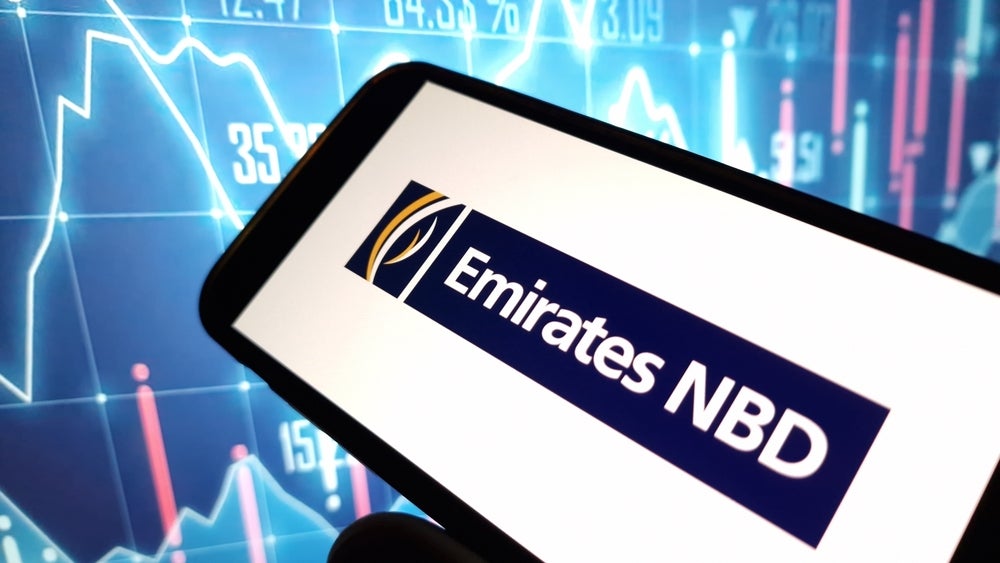
Is a new commodities supercycle getting underway – a response to increased post-pandemic demand and a supply time lag? Indeed, the worldwide production shutdowns in 2020 led to the cost of oil being less than its storage cost. Alison Ebbage writes
In simple terms, the more the economy is bouncing back and growing, the more commodities are needed as raw materials to make and produce things. The higher the production, the greater the demand, and vice versa.
A commodities supercycle, where demand for everything from iron ore to gold, silver and oil ticks up dramatically, is on the cards. Countries are beginning, or ramping up, major infrastructure projects to help pull their economies out of recession.
This supercycle in the making is much more about a supply problem. For example, during Covid-19 in 2020, the vast majority of copper mines in Chile, the world’s biggest producer, closed down for some of the year, and those that stayed open produced less due to social distancing.
This did not matter too much at the time due to companies drawing on their inventories, but now companies do not just need to get production levels back to normal, they also need to restock their inventories. The entire supply chain is playing catch-up, and accessing raw materials – the commodities element – is not just like flicking a switch: it takes time to adjust, hence the supply issues.
A March 2021 paper from Schroders, Five reasons to believe in a new commodities super-cycle, states: “Whether we are in the early stages of another supercycle in commodity prices, and returns has become a key debate. We, and an increasing number of investors, see several structural similarities between the early 2020s and the early 2000s, the last time commodities began a long and powerful ascent to record prices.”
The paper also notes that “when commodities outperform, it is often by a large margin. Previous periods of strong performance have been supported by certain conditions coming into place. For example, the early 2000s saw China’s boom following a period of underinvestment due to the bear market in the 1990s. We believe these fertile conditions are moving into place once again.”
Inflation and green energy
Hyett comments: “Inflation is central to this cycle. It has gone from being a long-term non-issue to something people are looking at. If we do get inflation, then commodities are the traditional ‘go to’ hedge, but this is something of a chicken-and-egg situation. If demand for commodities is high, that will push inflation due to price rises – there is an intimate link between inflation and commodities.”
But unique to this potential supercycle is the demand for commodities as a result of massive investment in green technologies and energy.
In the US, President Biden is in the midst of a more than $2.2trn plan to rebuild the country’s crumbling infrastructure, $320bn of which will go to green energy in coming years. And in Europe, companies in the EU are set to invest around $1trn into renewable energy projects by 2030. China, meanwhile, is thought to be driving its shift away from fossil fuels with a $15.5trn investment to meet its carbon-neutral targets by 2050.
The Schroders paper says: “It is important to note that some of these commodities – metals, in particular – are essential to ensuring the energy transition and the move to a low-carbon economy takes place. Insufficient supplies of copper or nickel would be problematic for developing EV batteries or connecting solar parks and wind turbines to the electricity grid.”
One metal in particular, copper, is set to soar on the back of demand from green energy and infrastructure products supported by governments the world over. In this respect, copper is the new gold – being a required component as the best non-precious-metal conductor in all electricity projects, from solar panels to electric cars.
Garry White, asset investment commentator at Charles Stanley, comments: “Demand for commodities will grow as pretty much everyone seeks to buy and invest and build their way out of the pandemic. This is especially the case with large infrastructure projects, notably green energy and demand for copper. But it takes a long time for copper production to catch up with demand, and copper will likely go into deficit in the meantime.”
Giles Coghlan, analyst at HYCM, adds: “We have seen strong support for copper recently, with copper futures trading near the 4.500 level. This can mostly be attributed to supply concerns, and the fact that most renewable energies rely heavily on copper to function; it should be great news for copper bulls, as companies look to move away from fossil fuels, and should keep dip buyers entering in on any significant drops lower in copper.”
As well as copper, lithium is set to benefit as a greener alternative to steel. In addition, a green infrastructure boom also requires lumber and other industrial materials. The combination could keep demand and prices for materials buoyant for years.
The Schroders paper also explains the supply and demand mismatch in mining. It says: “We have seen significant underinvestment in commodity supply with capex in oil and gas and global mining sectors falling by around 40% since 2011. Today, we may be about to embark upon an unprecedented period of co-ordinated global capital investment to facilitate the energy transition. The switch to clean energy sources and electric vehicles may prompt an acceleration in demand for key raw materials.”
Investing
Direct investment is quite tricky. ETFs are a good way to track a commodities index and are the probably the easiest and most direct way to invest. They can also offer a specific type of commodity, such as industrial metals.
However ETfs can trail commodity prices because they trade future contracts and other derivative instruments, which also tend to incur higher fees. Care is, therefore, needed.
Hyett comments: “ETF trackers are a good option but there needs to an awareness of the price and fee paid so that it does not act as a drag on performance. They are a good way to get the specific element that you need.”
White adds: “ETFs are a good option if a pure play is sought, but there is a danger with a narrower play that you might get some investment scope creep, and thus the investor needs to be very attentive as regards the exact content of the ETF.”
Specialist mining funds do exist, but Hyatt says they can be tricky to navigate.
“Specialist single element companies are also a way in. They are most common in gold. The upside is pure exposure, but the downside is that you might get some geopolitical tensions or currency fluctuations if the local currency fluctuates. The cost of the commodities locally rises but in most instances the fluctuation will not move the dollar and so the selling price stays the same,” he warns.
Equity investment is another option and can be slightly more diversified. For example, an investor could get access to copper by investing in one of the big mining companies, but they would also get the other products of that mining company.
Hyett comments: “Big mining companies are another way to get involved. The big four are Glencore, BHP Billiton, Rio Tinto and Anglo American. There are lots of similarities between these companies, but they are all a bit different as well. What you get is a leveraged commodities play as these companies tend to have a fixed cost base – if demand, and therefore prices, rise then the investor benefits. They also historically have good dividends too, so can be a good investment if you think returns will rise steadily.”
But White points out that these equities can be risky, depending on who is running the company.
“In the last supercycle, lots of mining companies went down the acquisitive route and in doing so created value destruction and crashed. Even when gold reached a record high, they still failed to perform,” he says.
Caution
“The Chilean government has just imposed a supertax on profits, which could act as a dampener. In addition, China is unlikely to tolerate massive prices rises; it is the world’s biggest importer of commodities and also stockpiled last year when prices were at a record low, so it is not in any great rush to buy at inflated prices,” he says.
He also points to the risk of 2050 climate change targets being downgraded, and the resultant slowing in demand for commodities to fuel green infrastructure and energy projects.
Hyett concludes: “If we do get an upward swing in inflation then commodities will do well – that is a given. But the longer term is unclear, and there are a couple of very big deflationary trends such as the rise of technology and an aging population not being replaced as people having fewer children. Both will mean reduced demand for all sorts of things, and that will feed through to commodities.”







